

The beauty of agriculture: how it connects and interweaves with everything
May 7, 2020
Jillian Lyall swapped bushwalk guiding in Tasmania for lab and field work in Southern Laos as a plant pathology volunteer in our long-term project there. She reports here on just how much she packed into what ended up being a much shorter than expected stay, due to COVID-19 but one which, we expect, will have a lasting impact for our Laos partners and for Jillian.
I first visited Laos in 2016 as a New Colombo Plan scholarship holder, growing peanuts in lowland Laos as part of an ACIAR project. Since then, Laos has been under my skin. I returned at the end of January this year for the second time after I pursued an honours program with the same project. This time it was to fill the position of an Australian Volunteers Program Plant Pathologist at the Provincial Agricultural and Forestry Office (PAFO), in Pakse in Champasak province, in southern Laos, for 12 months. The Tasmanian Committee of the Crawford fund provided funding for operational support.
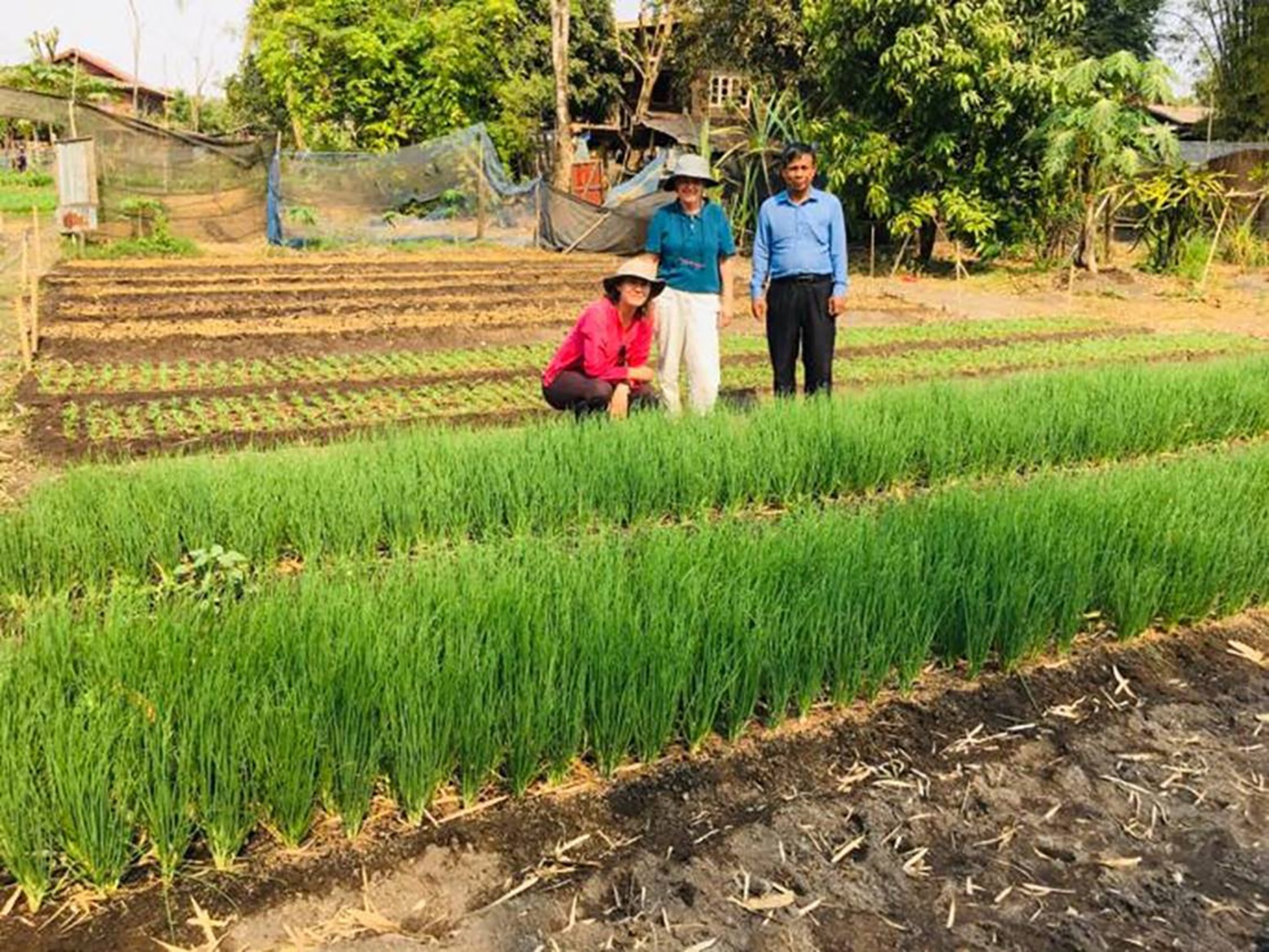
As my honour’s supervisors can attest, I am too chill for my own good. Usually in the scientific or research driven field this is a serious detriment. Lucky for me in Laos this is a necessity. After completing my honours, I turned my attention to the Tasmanian bush, and pursued the mentally freeing world of bushwalk guiding. The step from carrying enormous packs for long distances, to sitting in a lab staring down a microscope was daunting. My previous experiences in Laos pointed towards dynamic and flexible lab work, so I took the step, dropped the pack and desperately started to revise my plant pathology skills.
My hunch that lab work would be dynamic was immediately vindicated as I arrived to a half-demolished laboratory. The first two weeks of my program centred around fixing the flood-damaged lab and making it functional before my mentor and Crawford Fund stalwart Lester Burgess left the country.
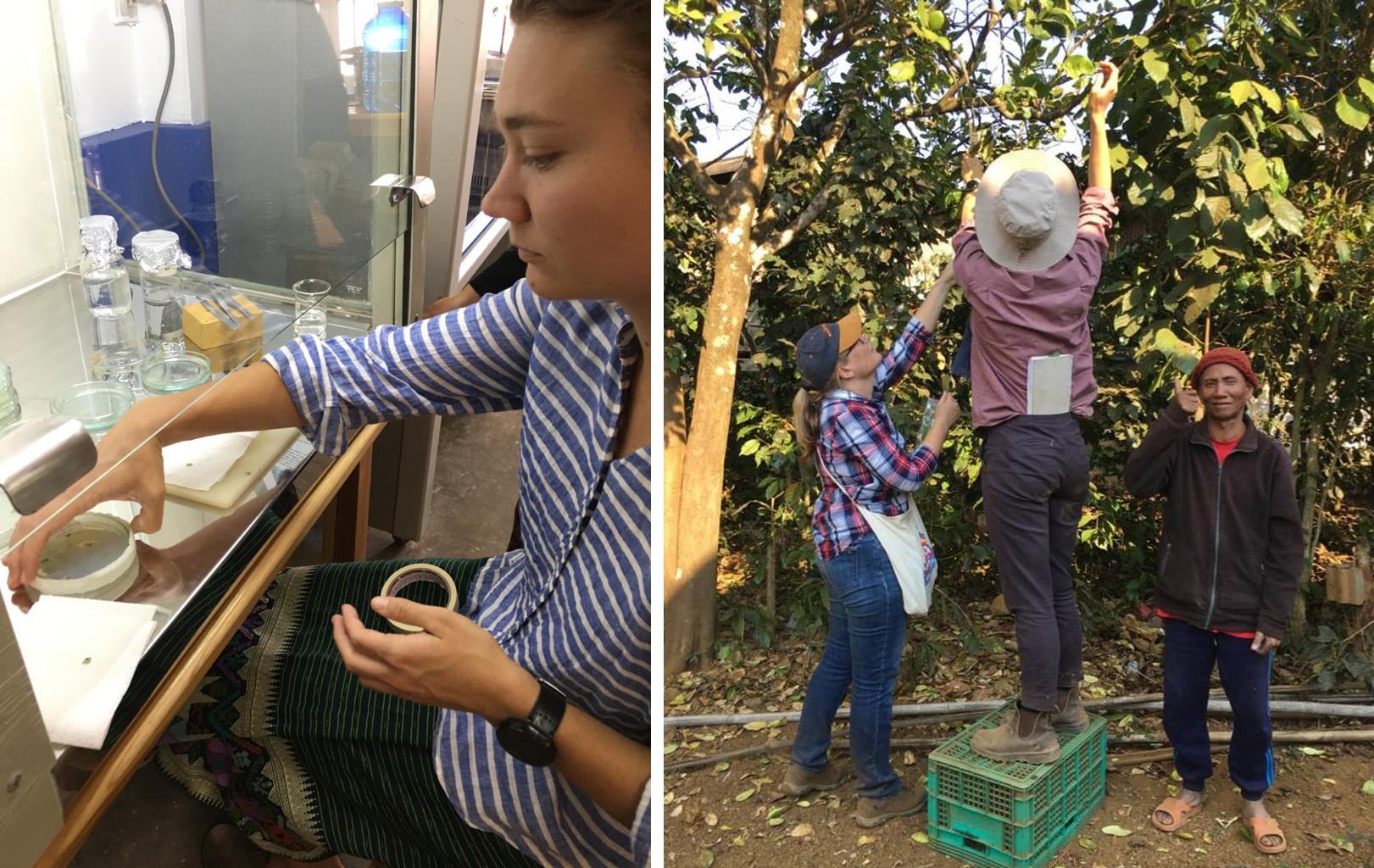
In between this we got the odd farmer request that resulted in field trips, looking at a devastating virus affected watermelons and Phytophthora in chillies. I quickly learnt that everywhere you look in Laos there is a disease to learn about. In conjunction with this, Lester shared his eleven years of knowledge in the country.
After two weeks of settling in, a fantastic trio of women joined us for 10 days in Pakse: Nerada Donovon a citrus pathologist, Sally Cowan an entomologist who had previously spent a year as a volunteer in Vientiane (and so an absolute life line for me), and ACIAR Graduate Research Officer Tamaya Perissini. The next week was flat out in the van jumping from sick plant to sick plant.
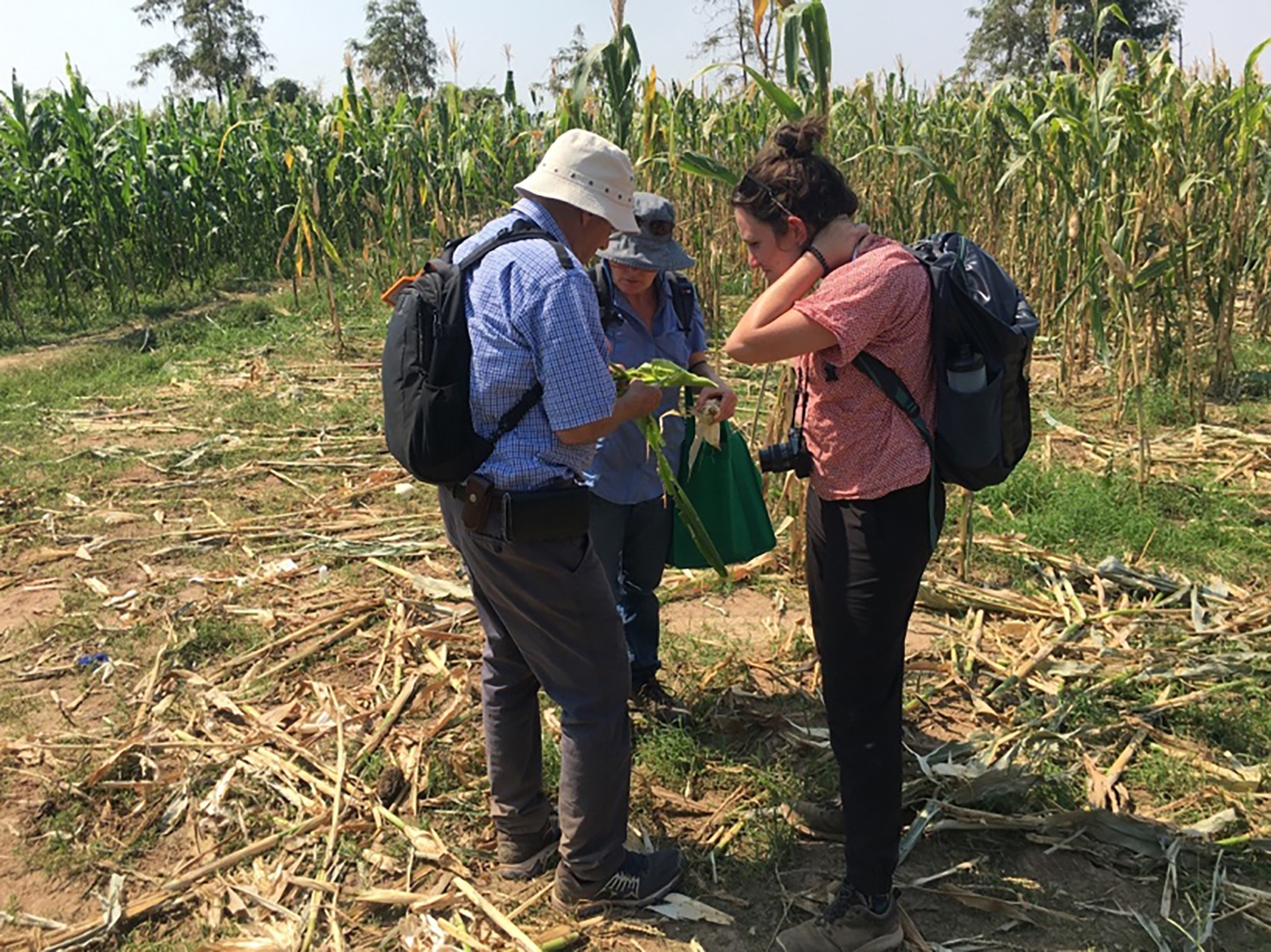
The knowledge and experience I gained by simply watching these women work was invaluable to me. I felt so privileged to be surrounded by these women who had so much experience and advice to give, and they were so willing to teach and share their knowledge. Women in Agriculture is so important to me, to be directly benefitting from their knowledge was truly great, and I felt very grateful to be adding extra pieces of the puzzle that is Laos agriculture.
To me the beauty of Agriculture is how it connects and interweaves with everything, and in Laos this is especially true. The Pakse PAFO has hosted a series of volunteers in the plant pathology and entomology work at the centre of the Crawford Fund’s mentoring program over the past seven years, so there is an awareness of the role they can play.
As a plant pathologist you might get called out for a suspected disease; you might arrive to find a nutrient deficiency or symptoms of insect damage; maybe you’ll find a number of different pathogens – most likely you’ll find the lot. This dynamic confluence made it all the more useful to have experienced and engaged professionals such as Sally along for a short-term stay.
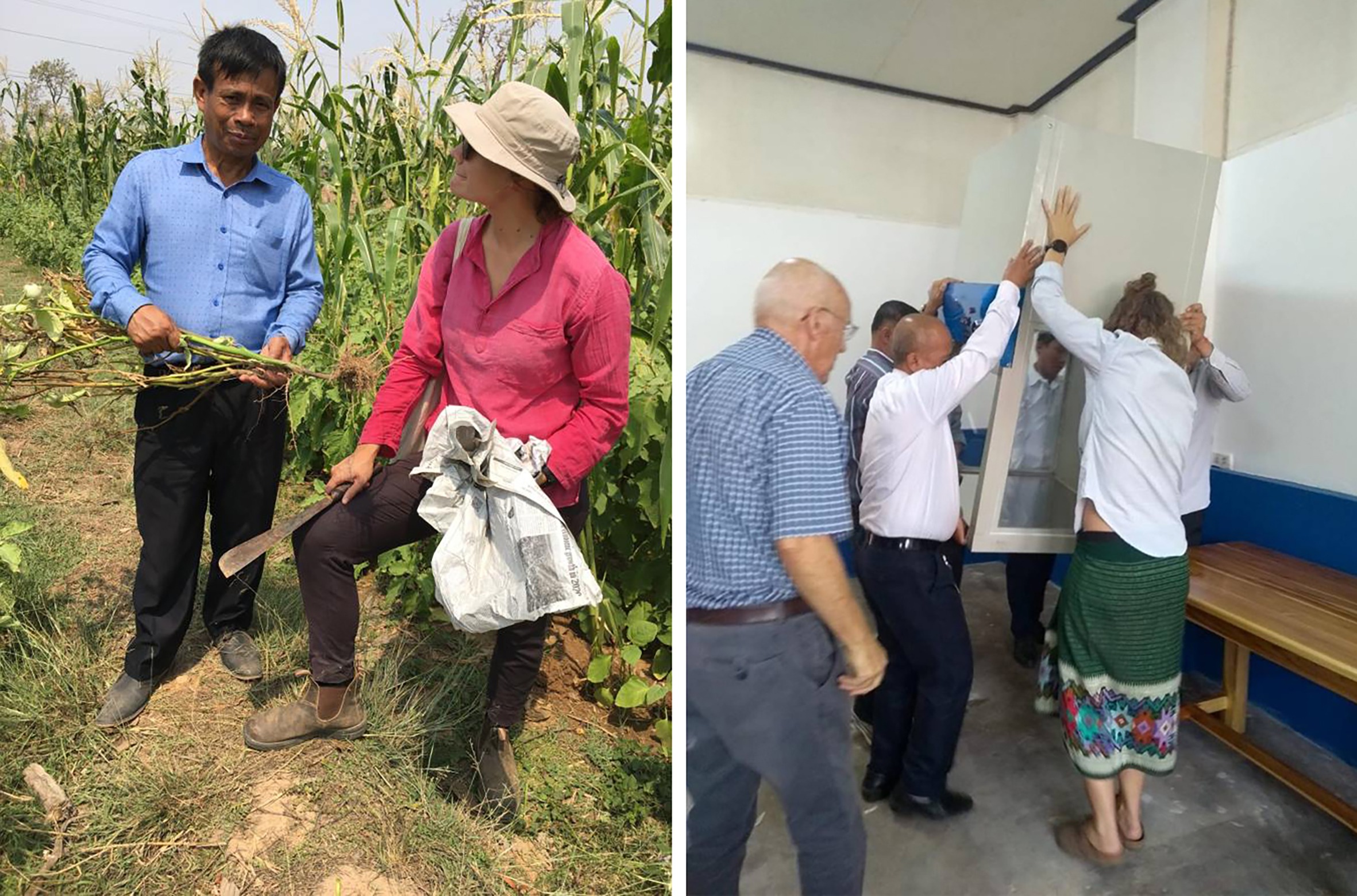
I was especially excited when we visited one of the two villages where I had conducted my honours research in 2016. My research was related to the impact of non-rice dry season cropping in the rice growing regions of southern of Laos. The village we visited was a high adopter of non-rice dry-season vegetable crops and, being close to Pakse, was an ideal location for conducting disease management case studies.
One of the householders had a washing machine! The road had been paved from the highway down to the end of the village proper. Home, yard and field improvements were being made. One farmer was in the process of building a large dam. These sound like simple things, but the freeing up of female labour from washing clothes, and a sealed road to improve market access and access to services in the wet season, make a big difference to these communities. I was really looking forward to revisiting this village with a new emphasis on plant pathology and discussing practical advice on crop protection.
We were able to utilise the brand-new laminar flow to produce clean cultures with a much-reduced risk of contamination thanks to the renovated lab. The all-female lab team of Mrs Lerdxay Inkhamphay (Ning), Mrs Phitsamai Phitsanoukan (Panai), and Ms Sengphet Phanthavong (Seng) were exceptional at making media, and happy to help with culturing and sub-culturing. Had my time not been cut short by Covid-19 I have no doubt we would have been able to produce some great results as a team.
As it became clear the assignment would not be continuing due to Covid-19, I was able to send a number of putative fungal pathogens to the International Collection of Microorganisms from Plants in New Zealand for preservation and eventual sequencing. I remain in regular WhatsApp contact with members of the team and farm managers asking for information and sending photos of particular problems for advice.
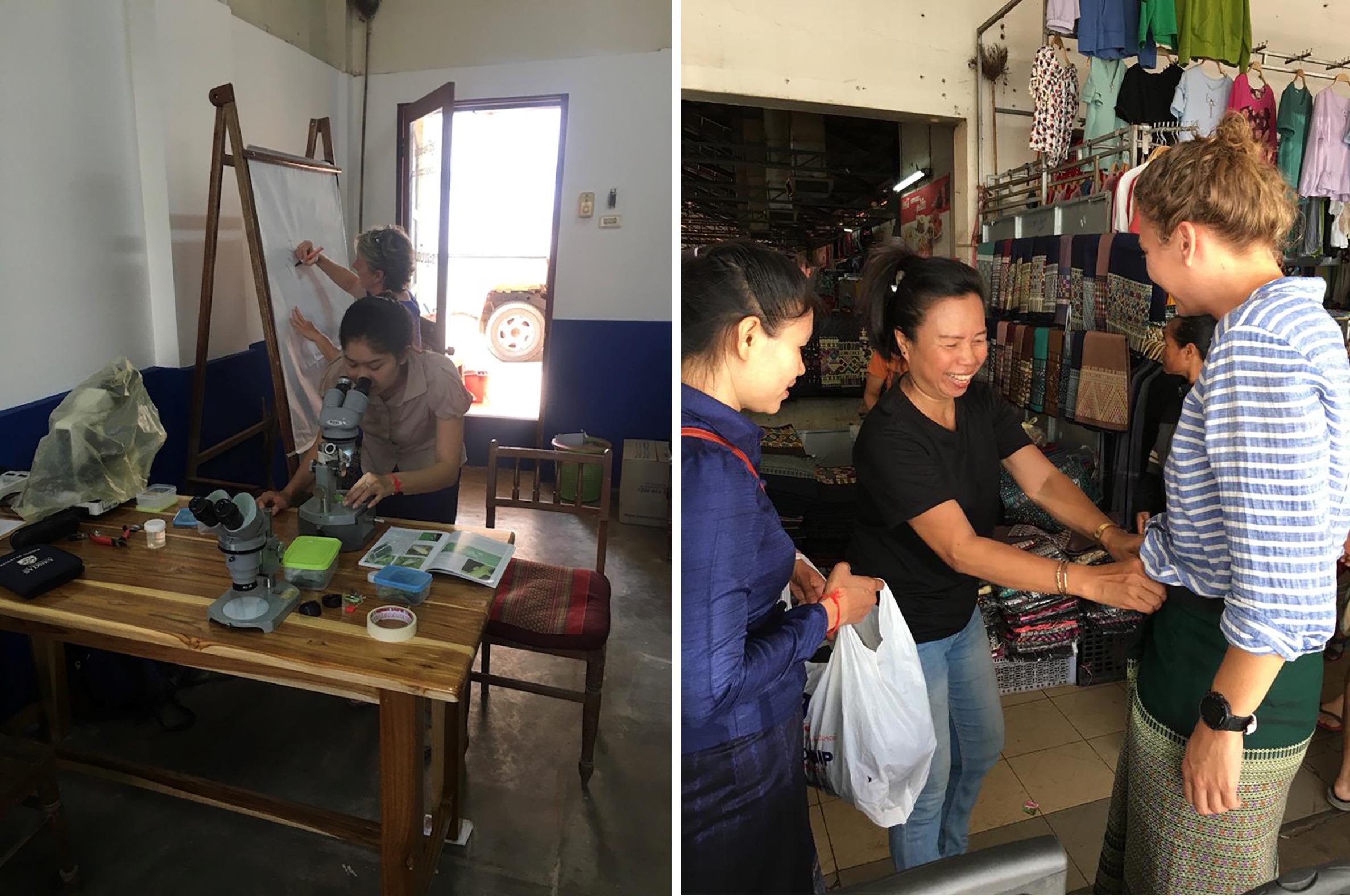
The future for me is a bit muddled, but I hope to return to Pakse to continue the great work that the Crawford Fund has facilitated.




